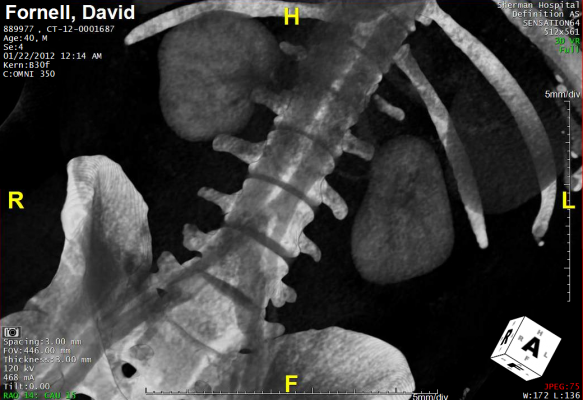
December 23, 2016 — According to new research from the Harvey L. Neiman Health Policy Institute, state tort reform has been associated with a decrease in physician ordering of radiographs. The study, published online in the Journal of the American College of Radiology (JACR), examines the extent to which radiography use is influenced by malpractice liability pressure among office-based physicians.
"While physicians cite malpractice liability as an important factor driving their decisions to order imaging tests, little research has been done to examine the systematic impact of liability pressure on overall imaging," said lead author Suhui Li, Ph.D., a health researcher at Mathematica Policy Research in Princeton, N.J.. "Radiography is the most widely used imaging procedure and therefore provides a lens into understanding how tort reforms affect imaging utilization."
Li and her colleagues examined the association between state tort reforms and radiography orders in ambulatory settings using a nationally representative dataset of patient visits to physician offices between 1999 and 2010. They found that the probability that a primary care physician (PCP) ordered radiography decreased when states enacted caps on noneconomic damages, periodic payment reforms, and the total number of tort reforms.
"We discovered that when states enact indirect tort reforms, reforms that make it harder to sue physicians have a stronger effect on radiography orders than reforms that directly reduce physicians' liability payoff for both PCPs and specialists," said Danny R. Hughes, Ph.D., Neiman Institute senior director for health policy research and senior research fellow. "We also found that the probability of a radiography order was lower in states with a greater number of tort reform laws."
In addition, the researchers found that PCPs and specialists respond differently to tort reforms, perhaps reflecting the underlying differences between the two physician groups in their patient mix, their office type and even their metropolitan versus non-metropolitan setting. They also discovered that physicians tend to reduce radiography orders following the enactment of tort laws and increase orders following a reversal of a tort reform.
"Our analysis suggests that reforms that make it harder to sue physicians have a stronger impact than reforms which directly reduce physicians' malpractice claim payments," noted Hughes.
For more information: www.neimanhpi.org


 August 09, 2024
August 09, 2024 








